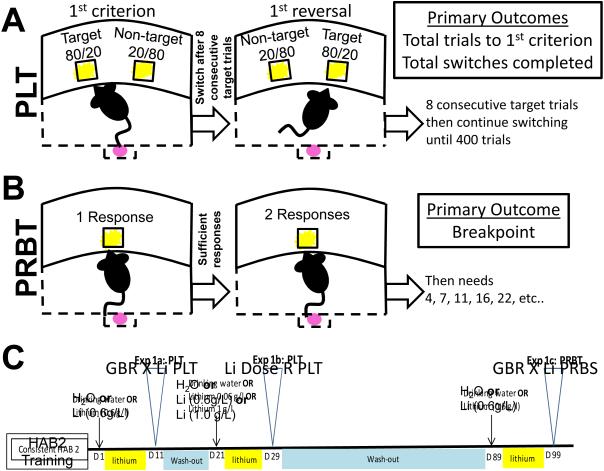Figure 1. Task schematics for Probabilistic Learning, Progressive Ratio Breakpoint, and the timeline of testing using C57BL/6 mice.
Schematic representation of the probabilistic reversal learning paradigm (A). Mice can nose poke in one of two holes and will either be rewarded with strawberry milkshake or punished with a time-out period of 4s with the house light illuminated. Schematics describing the progressive ratio paradigm (B). Timeline of GBR 12909 (GBR) experiments using C57BL/6 mice (C). One group of mice (n=45) were tested twice on the PRLT, once in a lithium(Li)/GBR study, once in a Li dose response study, and once on the PRB in a Li/GBR study. Mice were trained on HAB2 in between indicated testing days, simply responding in either of the two lit holes for food rewards. Before each study, mice were baseline-matched based on their HAB2 scores.

